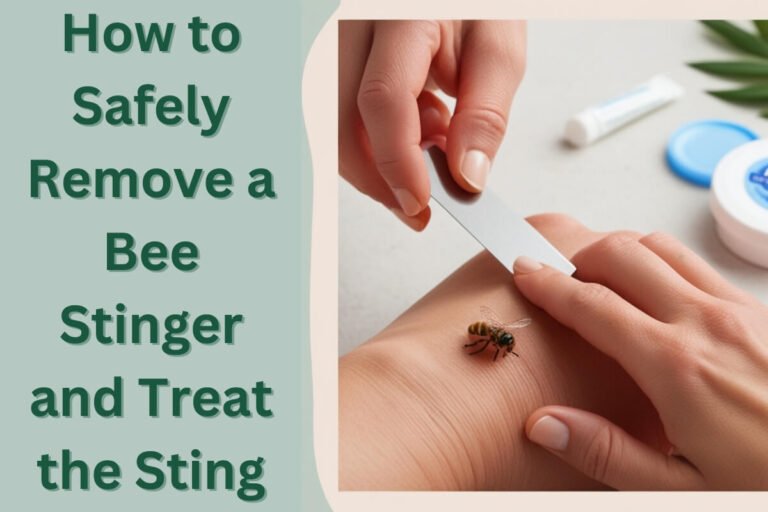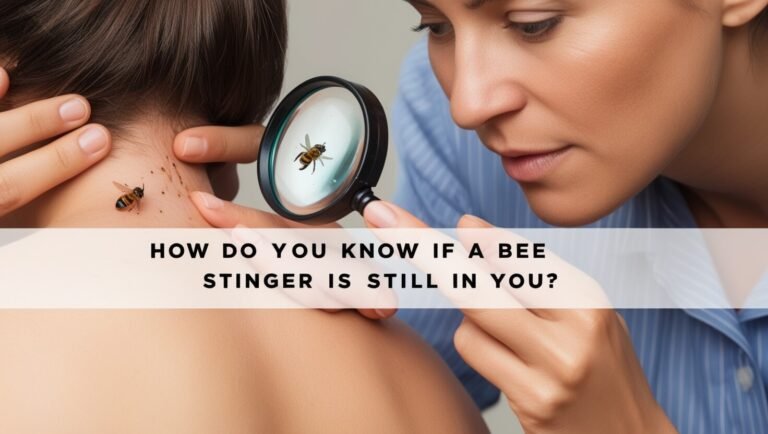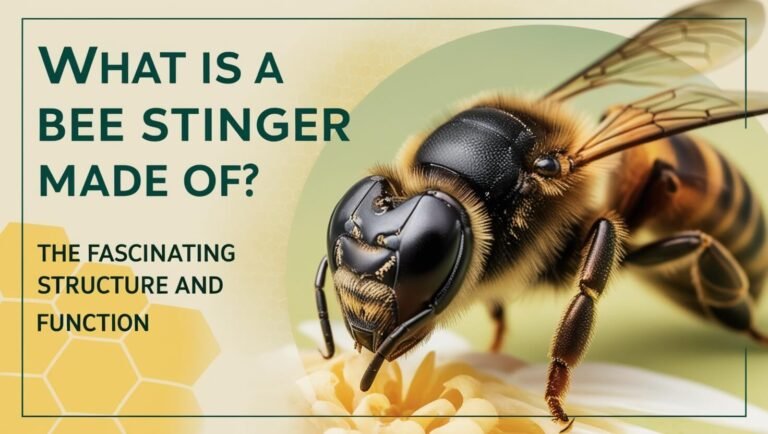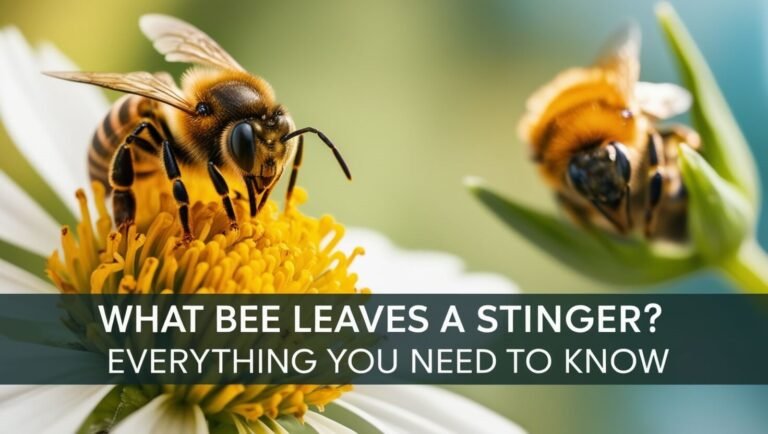How Big is a Bee Stinger?

Bees are fascinating creatures, and their stingers are a crucial part of their biology. But just how big are these tiny yet formidable weapons? The size of a bee stinger can vary depending on the species, but they generally measure only a few millimeters in length. Understanding the anatomy and function of a bee stinger can help us appreciate these remarkable insects and stay safe around them.
In this comprehensive guide, we’ll delve into the details of bee stinger size, exploring the unique features that allow these stingers to effectively penetrate skin and deliver venom. We’ll also discuss the importance of stinger size, the variations across different bee species, and the proper techniques for safely removing a stinger. Whether you’re a beekeeper, a nature enthusiast, or simply curious about these amazing creatures, this article will provide you with a thorough understanding of the humble yet remarkable bee stinger.
Anatomy of a Bee Stinger
Understanding the Structure of a Bee Stinger
A bee stinger is a complex and specialized structure, designed to serve as a defense mechanism for the insect. At the heart of the stinger is a hollow, barbed shaft that can penetrate the skin. Attached to this shaft is a venom sac, which contains the bee’s toxic secretion.
The Barbed Design
The stinger’s barbed design is a crucial feature that allows it to effectively pierce the skin. When a bee stings, the barbs on the stinger latch onto the victim’s flesh, preventing the bee from easily withdrawing its stinger. This ensures that the venom can be effectively delivered, but it also means that the bee will typically leave its stinger behind, often leading to its own demise.
The Venom Sac
The venom sac, which is connected to the stinger shaft, is responsible for injecting the bee’s toxic secretion into the victim. This venom is composed of a complex mixture of chemicals, including enzymes, histamines, and other substances that can cause pain, swelling, and in some cases, an allergic reaction.
Stinger Size Variations
Honeybee Stingers
The stinger of a honeybee, one of the most well-known bee species, typically measures between 1.5 to 2 millimeters in length. This size allows the stinger to effectively penetrate the skin and deliver the bee’s venom.
Bumblebee Stingers
Bumblebees, on the other hand, have slightly longer stingers than honeybees, measuring around 2 millimeters in length. Unlike honeybees, bumblebees have smooth stingers, which means they can sting multiple times without leaving their stinger behind.
Other Bee Species
The size of a bee stinger can vary significantly across different species. For example, some solitary bees may have stingers that are even shorter than those of honeybees, while some wasps and hornets can have stingers that are several millimeters longer.
Why Bee Stinger Size Matters
Piercing Skin Without Buckling
The size of a bee stinger is carefully balanced to ensure that it can effectively penetrate the skin without buckling or breaking. If a stinger was too short, it might not be able to penetrate deep enough to deliver the venom. Conversely, if a stinger was too long, it could be more prone to bending or snapping when it encounters the skin’s resistance.
Delivering Venom Effectively
The length of a bee stinger also plays a crucial role in the delivery of the insect’s venom. A stinger that is the right size can quickly and efficiently inject the venom into the victim, maximizing the effectiveness of the bee’s defense mechanism.
Safely Removing a Bee Stinger
Techniques to Extract the Stinger
If you are stung by a bee, it’s important to remove the stinger as quickly as possible to minimize the amount of venom that enters your body. The best way to do this is to gently scrape the stinger out using a flat object, such as a credit card or the edge of a hive tool. Avoid using tweezers, as this can actually squeeze the venom sac and inject more venom.
Minimizing Venom Injection
Once the stinger has been removed, it’s a good idea to apply a cold compress to the affected area. This can help reduce swelling and pain. It’s also important to avoid scratching the sting, as this can introduce bacteria and increase the risk of infection.
Wrap UP
In conclusion, the size of a bee stinger is a crucial aspect of the insect’s biology, allowing it to effectively defend itself and its hive. By understanding the anatomy and function of these tiny yet formidable structures, we can better appreciate the remarkable adaptations of bees and stay safe around them.
Whether you’re a beekeeper, a nature enthusiast, or simply someone who wants to learn more about these fascinating creatures, this guide has provided you with a comprehensive overview of bee stinger size and how it impacts their behavior and interactions with humans. By applying the knowledge and techniques outlined here, you can enjoy the beauty of bees while also staying safe and minimizing the risk of painful stings.






